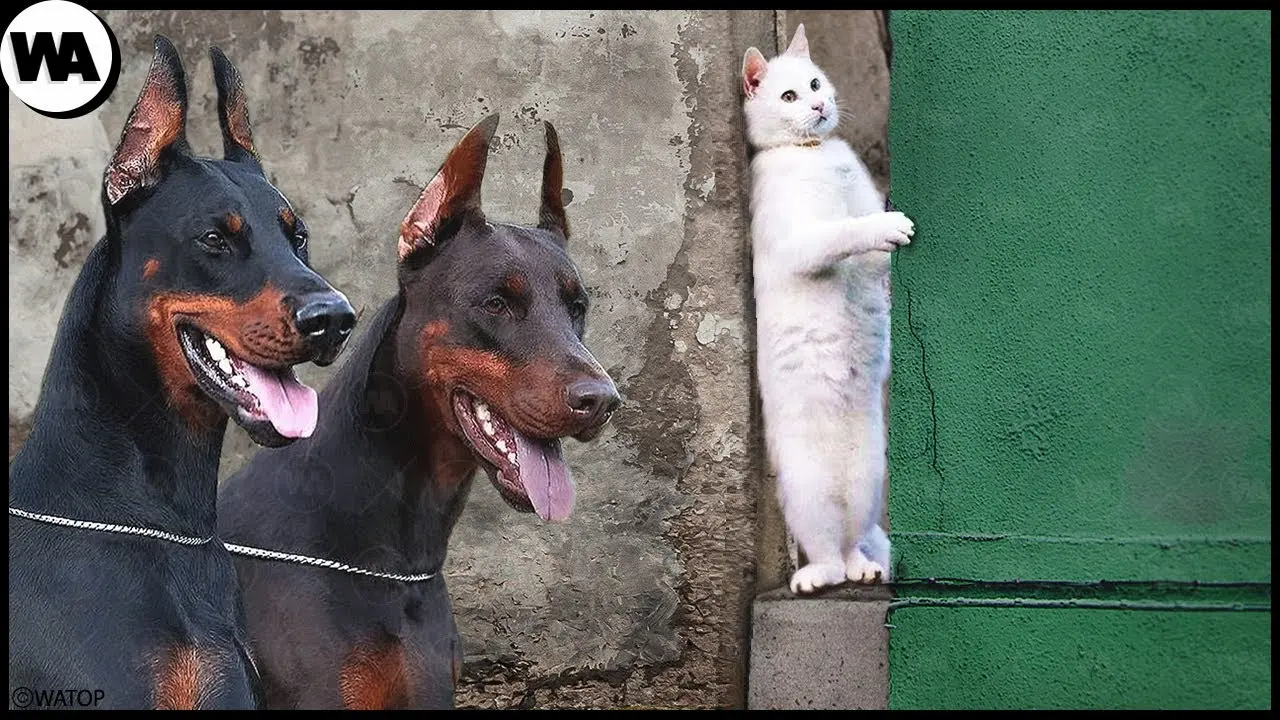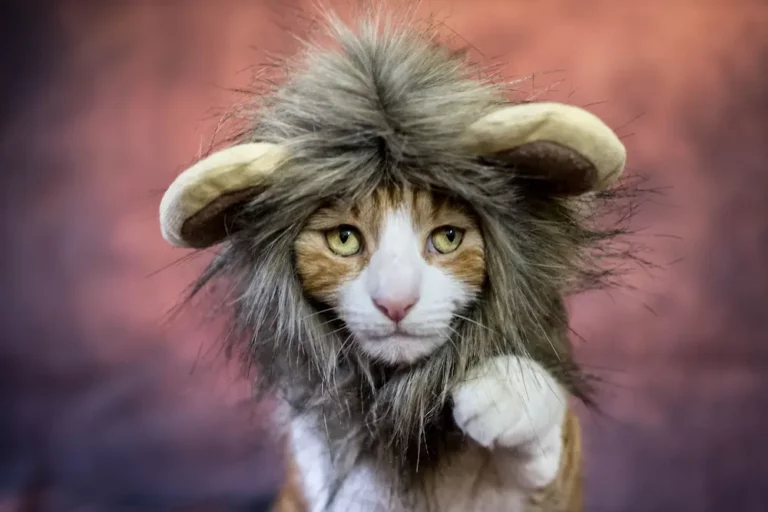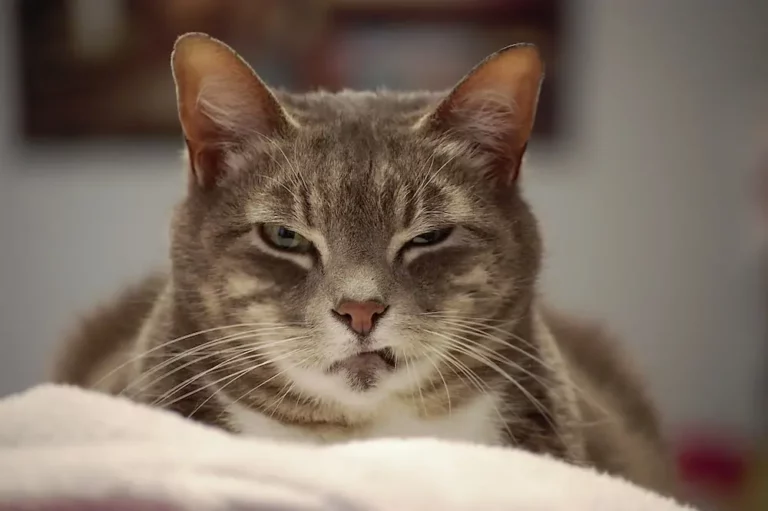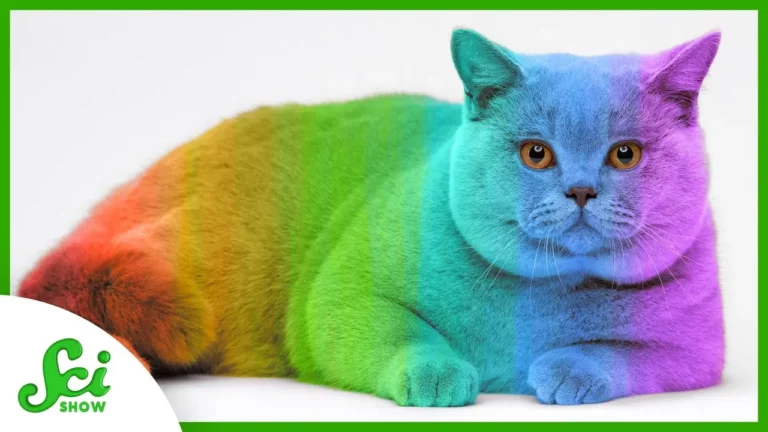Why Do Cats and Dogs Fight? Here's What Nobody Knows!
You’ve probably seen cats and dogs clashing and wondered why they can’t just get along.
It’s easy to chalk it up to their different natures, but the reasons go much deeper.
While there is information available about their evolutionary instincts and communication barriers, there’s an intriguing twist that could change your understanding entirely.
Ever considered how their prey and predator dynamics play a role in this age-old conflict?
Or how their territorial disputes might be more complex than they seem? Stick around, because uncovering these lesser-known aspects might just surprise you.
Evolutionary Instincts
Cats and dogs often fight because their evolutionary instincts drive them to view each other as competitors.
These instincts have deep roots in their respective histories.
Cats, being solitary hunters, evolved to be territorial and self-reliant.
They see other animals, especially those that intrude on their space, as threats.
Dogs, on the other hand, evolved from pack animals.
Their ancestors relied on cooperation and social hierarchies within their groups. When a
The
This misunderstanding can escalate quickly into a fight.
It’s not that they inherently dislike each other; rather, their behaviors are shaped by millions of years of survival tactics.
Communication Barriers
One major reason cats and dogs often clash is their vastly different communication styles.
Cats and dogs use body language, vocalizations, and other signals to communicate, but these signals can be easily misinterpreted between the two species.
For instance, a wagging tail in a dog usually signifies happiness or excitement, whereas a
When a dog sees a
Additionally, dogs tend to be more vocal, using barks, growls, and whines to express their feelings, while cats rely heavily on body language and subtle vocalizations like purring or hissing.
This difference can create confusion and tension, as a dog’s enthusiastic barking might be seen as threatening to a
Moreover, cats may arch their backs or puff up to appear larger when they feel threatened, which can be perceived as aggression by a dog.
Territorial Disputes
Many conflicts between cats and dogs arise from their strong territorial instincts.
When a
They like having control over their territory and will often mark it with scent glands on their face and paws.
Dogs, on the other hand, might see the entire house or yard as their domain, leading to clashes when boundaries aren’t respected.
You’ll often find that these territorial disputes escalate when both pets vie for the same resources, such as food bowls, sleeping areas, or even your attention.
Cats might hiss, scratch, or run away, while dogs may bark, growl, or chase. These behaviors are instinctual and aimed at asserting dominance or protecting what they consider theirs.
To help ease these tensions, try to establish separate spaces for each pet.
Providing individual feeding stations, beds, and play areas can significantly reduce the likelihood of conflict.
Gradually introducing the pets to each other’s presence, using positive reinforcement, can also build a more harmonious relationship.
Always monitor their interactions and intervene if things start to get too heated.
Prey and Predator Dynamics
Understanding the prey and predator dynamics between cats and dogs can shed light on why they sometimes clash. Dogs, especially those with strong hunting instincts, may see smaller animals, including cats, as prey.
This instinctual behavior can trigger chasing or aggressive actions, making cats feel threatened.
Cats, on the other hand, are natural predators themselves but are also smaller and more agile, often perceiving dogs as a threat to their safety.
When a dog chases a
However, this can lead to misunderstandings and defensive behaviors from the
This dynamic creates a cycle of tension and conflict between the two animals, each reacting to the other’s actions.
Additionally, dogs and cats communicate differently.
Dogs may use body language, like wagging tails or playful barks, which cats might misinterpret as aggression.
Conversely, a
Socialization Challenges
Socialization challenges between cats and dogs often stem from their differing social structures and communication styles. Cats are usually more independent, relying on subtle body language and scent to communicate.
Dogs, on the other hand, are pack animals that thrive on social interactions and more overt forms of communication like barking and tail wagging.
These differences can cause misunderstandings and conflicts when they first meet.
When introducing a
Allow them to get used to each other’s scents before any face-to-face interaction. Use a baby gate or a cracked door to let them see and smell each other without direct contact.
Gradually increase their exposure to one another, always supervising their interactions.
Reward calm and positive behavior from both pets to reinforce good habits.
Pay close attention to their body language.
A wagging tail in a dog might indicate excitement, but a twitching tail in a
Conclusion
By understanding the evolutionary instincts, communication barriers, territorial disputes, prey and predator dynamics, and socialization challenges that cause cats and dogs to fight, you can better manage their interactions.
Addressing these factors helps create a more peaceful environment for both pets.
Remember, with patience and effort, you can foster a harmonious relationship between your
Your proactive approach will make all the difference in their relationship.






